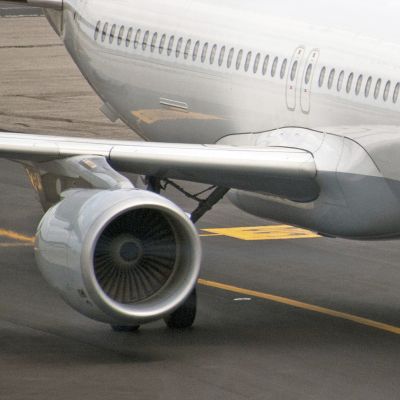Innovative shields for aircraft

Innovative shields for aircraft
EU-funded scientists are investigating new design concepts to protect future aircraft from damage by failure of engine components.
Composite materials are providing a much better strength-to-weight ratio
compared to conventional materials, and are widely used in producing
many aircraft components. With EU funding of the project 'Impact test
campaign' (IMPTEST), scientists are developing protective shields made
of polymer composites to protect aircraft from small fragments detached
from rotating parts.
IMPTEST is using a light-gas gun to study the impact phenomena on shielding materials. Firstly, it is investigating the ballistic limit of a number of metallic and composite shields by using three different impactors. Based on the selected shield designs, it will then evaluate the influence of impact angles. The project is also studying material ageing.
To study the temperature impact, IMPTEST is testing fibre bundles at 120 and – 40 degrees Celsius. High-speed photography is recording impact responses of all specimens, while use of various fractographic methods serves to characterise the caused damage.
So far, scientists have concentrated their efforts around designing and manufacturing the shields to be tested, and installing and modifying the light-gas gun. Numerical simulations were performed to find suitable size and clamping of the specimens, and suitable geometries of the test projectiles. Shield manufacturing is already complete.
IMPTEST's expected final results are validated lightweight polymer composite shields that will serve as a basis for current and future aircraft development. Such innovative technology is necessary for delivering advanced engine technologies such as the open rotor architecture that can cut fuel emissions and carbon dioxide emissions.
published: 2015-05-28